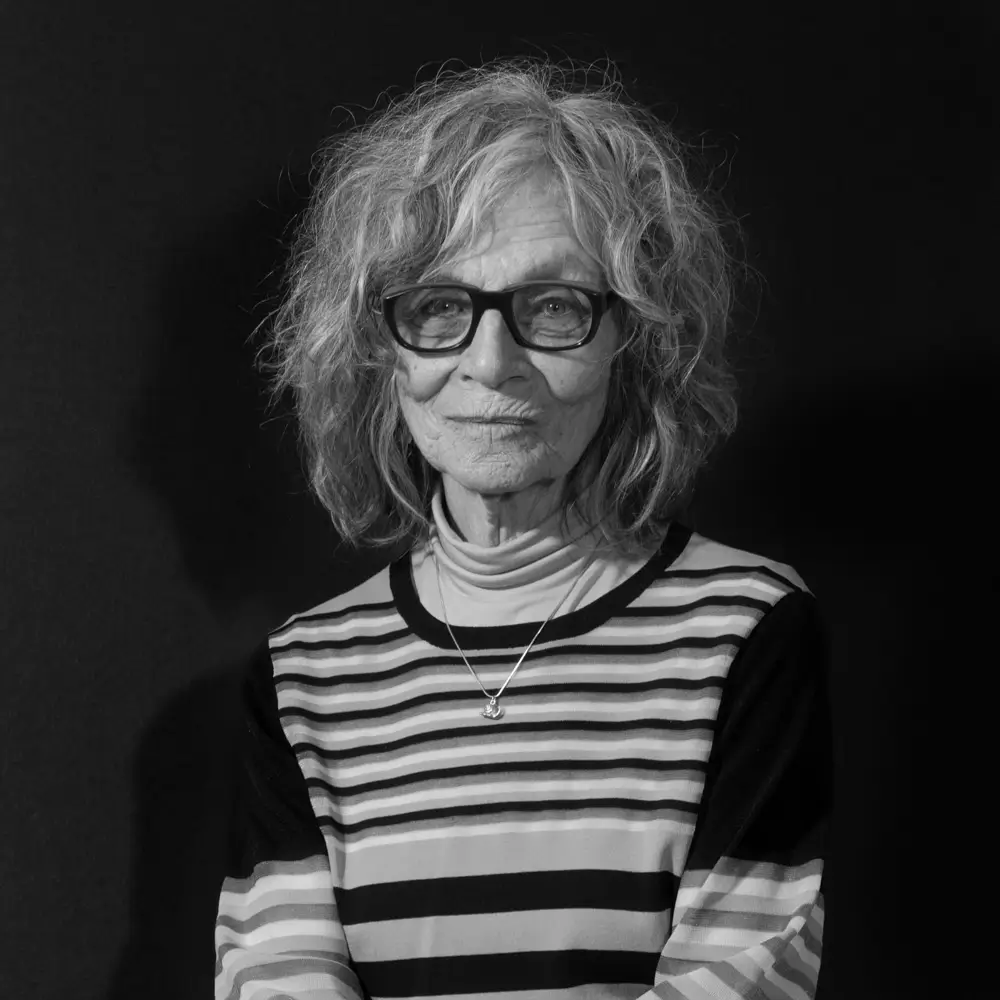Susan Anthony was born in Brooklyn, NY. She has been an artist all her life, beginning as a painter and over the last twenty-five years emerging as a photographer. Susan graduated from Cooper Union and has a bachelor’s degree from the University of California, Berkeley, and a master’s degree from NYU in Fine Arts and Art Therapy. Her latest projects were done in upstate New York, where she has a home in Columbia County, and in Manhattan, where she has lived and worked for many years.
Statement:
This project, Collar City, is set in Troy—an industrial town once known for its brick, iron, and shirt collar factories. Some factories remain operational, many have shut down. Part of Troy’s charm lies in its contrasts: graffiti-covered factories stand alongside grand 19th-century mansions built by wealthy industrialists. In recent years, many people have moved to Troy, restoring homes while preserving Troy’s signature brickwork and colorful Tiffany windows. Collar City is more than just a collection of photographs; it’s a tribute to the people who became a meaningful part of my life.
AAP Magazine:
AAP Magazine 48 Portrait
